Urbanization Trends
Urbanization trends are significantly influencing the Water Sink Market, as more individuals migrate to urban areas where space is often limited. This shift has led to a growing demand for compact and multifunctional sink designs that cater to smaller living spaces. Data suggests that urban populations are projected to increase, resulting in a heightened need for innovative sink solutions that maximize utility without compromising on style. Manufacturers are responding by creating sinks that incorporate storage solutions and versatile designs, appealing to urban dwellers. This trend not only reflects changing consumer lifestyles but also indicates a potential growth area for the Water Sink Market, as companies adapt their offerings to meet the needs of a more urbanized population.
Sustainability Initiatives
The increasing emphasis on sustainability appears to be a pivotal driver in the Water Sink Market. Consumers are becoming more environmentally conscious, leading to a demand for eco-friendly materials and manufacturing processes. This trend is reflected in the rising popularity of sinks made from recycled materials and those that promote water conservation. According to recent data, the market for sustainable kitchen and bathroom fixtures is projected to grow significantly, with a compound annual growth rate of approximately 8% over the next five years. Manufacturers are responding by innovating products that not only meet aesthetic demands but also align with sustainable practices, thereby enhancing their market appeal. As a result, companies that prioritize sustainability in their offerings are likely to gain a competitive edge in the Water Sink Market.
Technological Advancements
Technological advancements are reshaping the Water Sink Market, particularly through the integration of smart technology. The emergence of smart sinks equipped with features such as touchless operation, built-in sensors, and water usage monitoring systems is gaining traction among consumers. These innovations not only enhance convenience but also promote water efficiency, addressing growing concerns about resource management. Market data indicates that the smart home technology sector is expected to expand, with smart kitchen appliances, including sinks, playing a crucial role. As consumers increasingly seek integrated solutions that offer both functionality and modern design, manufacturers are compelled to invest in research and development to stay competitive in the Water Sink Market.
Diverse Consumer Preferences
Diverse consumer preferences are shaping the Water Sink Market, as individuals seek products that reflect their unique tastes and lifestyles. The market is witnessing a shift towards customization, with consumers desiring sinks that offer a range of styles, colors, and materials. This trend is supported by data indicating that the demand for personalized home fixtures is on the rise, with many consumers willing to invest in high-quality, bespoke products. Manufacturers are responding by expanding their product lines to include a variety of designs, from traditional to contemporary, thereby catering to a broader audience. This diversification not only enhances consumer choice but also indicates a dynamic growth potential for the Water Sink Market, as companies strive to meet the evolving demands of their clientele.
Health and Hygiene Awareness
The heightened awareness of health and hygiene is emerging as a crucial driver in the Water Sink Market. Consumers are increasingly prioritizing cleanliness and sanitation in their homes, leading to a surge in demand for sinks that facilitate better hygiene practices. This trend is particularly evident in the kitchen and bathroom segments, where features such as antimicrobial surfaces and easy-to-clean designs are becoming more sought after. Market analysis reveals that the demand for hygienic fixtures is likely to continue growing, as consumers invest in products that enhance their health and well-being. Manufacturers are thus focusing on developing sinks that not only meet aesthetic preferences but also address the critical need for hygiene, positioning themselves favorably within the Water Sink Market.


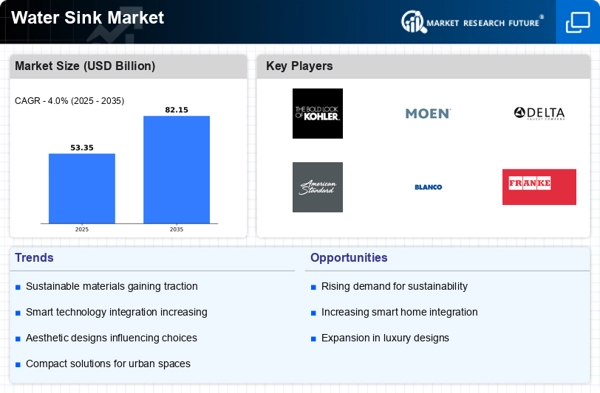
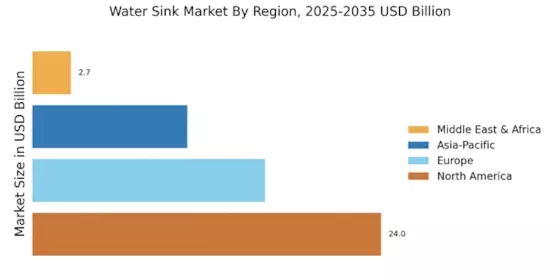

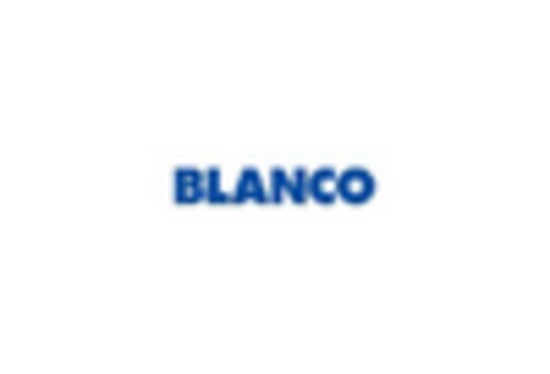
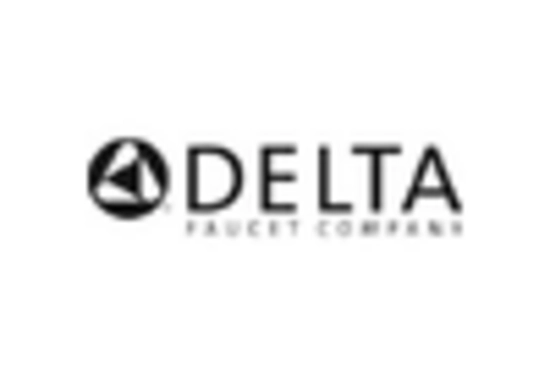


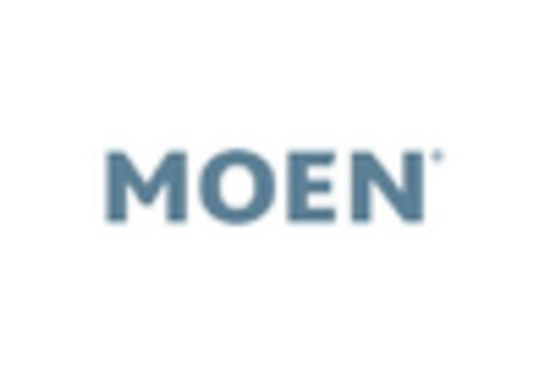








Leave a Comment